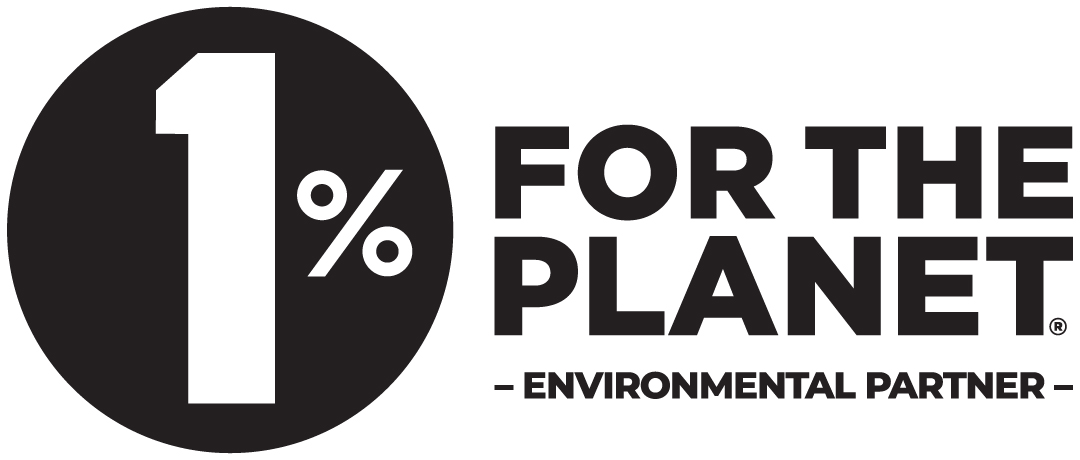An overview of a food chain
Carrying Capacity & Food Chains / 392 views / Popular
- Listing ID: 11084
- Sub-Category: Food Chains
- Source: National Geographic
- File Type: Guide
- Overview: An overview of a food chain
- Web Link: https://www.nationalgeographic.org/encyclopedia/food-chain/





 Or join us on Patreon!
Or join us on Patreon!






